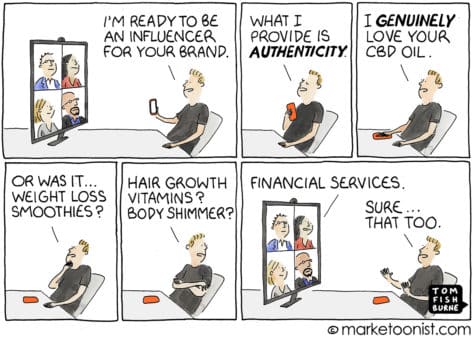Good morning, Marketer, and stay indoors!
The social impact story from Outfront below reminds me that I visited their offices in downtown Manhattan immediately before the big lockdown. I was talking to them about some innovative features they were planning to launch, initially for their network of digital billboards in the transit system.
That’s a story that didn’t get told because plans were suspended when transit usage went to little more than zero overnight. Outfront, of course, delivers ads to an enormous outdoor audience – an audience which must have shrunk considerably during 2020. But we’re back outdoors at last, certainly here in New York.
Except perhaps for this week. Have you been out there? Too much summer, and I can’t even imagine what it’s like in Phoenix, Las Vegas and even Seattle. Stay cool!
Kim Davis
Editorial Director





